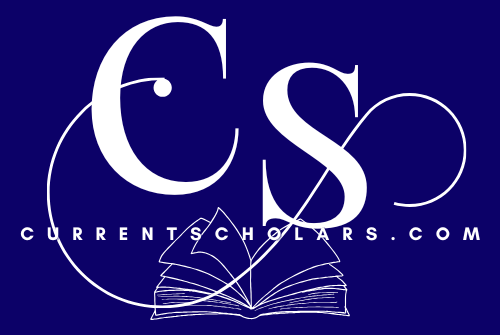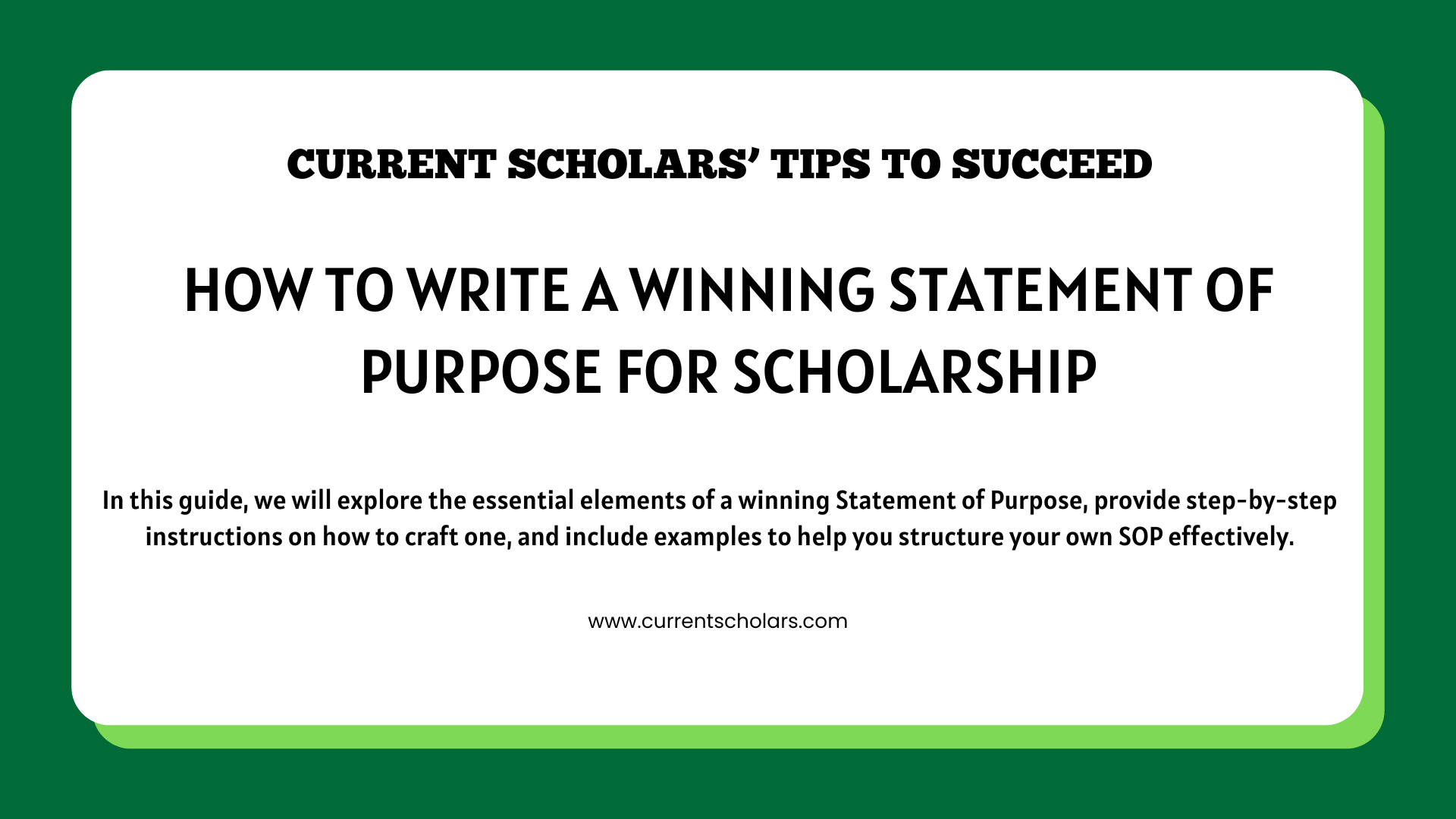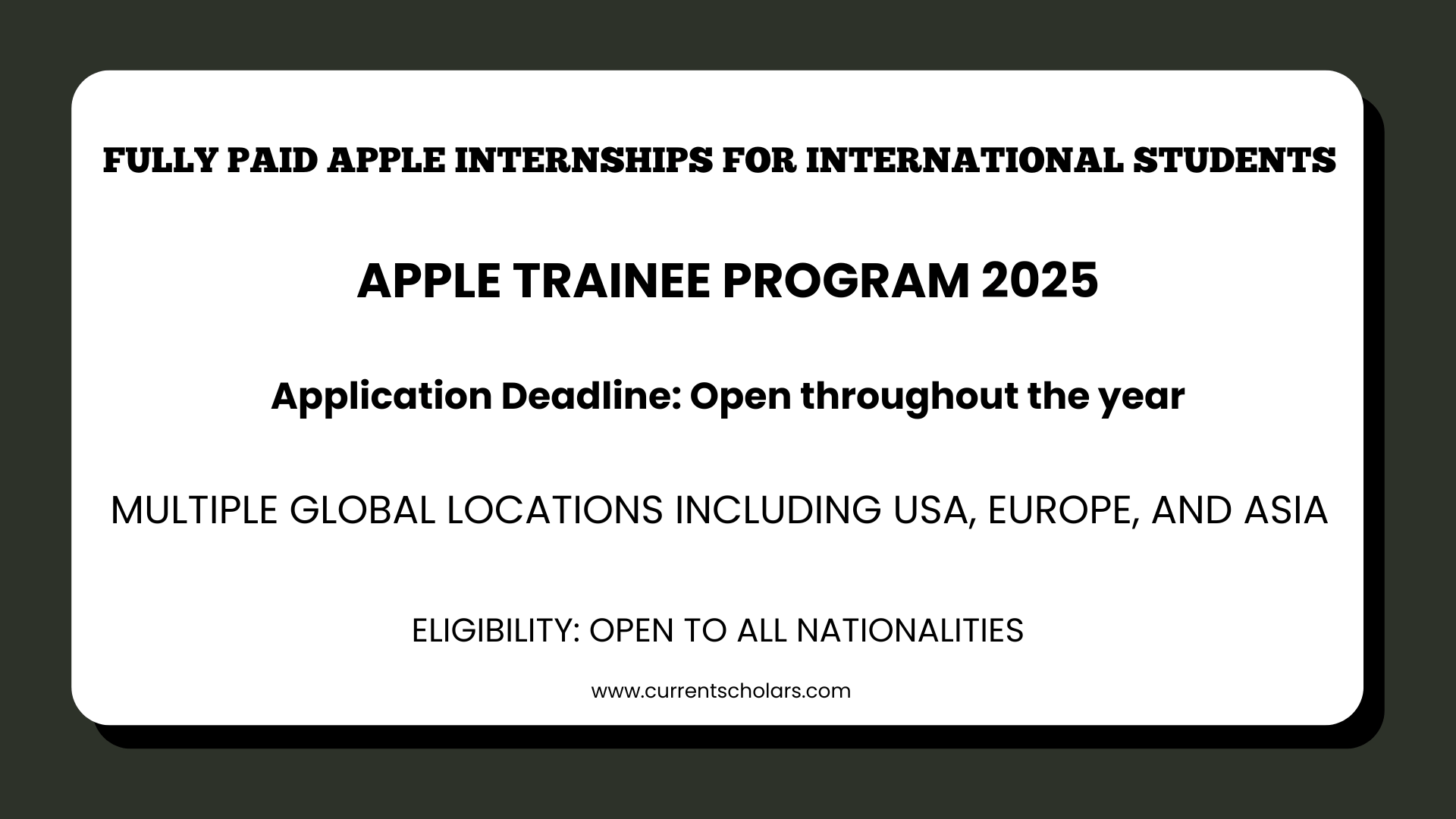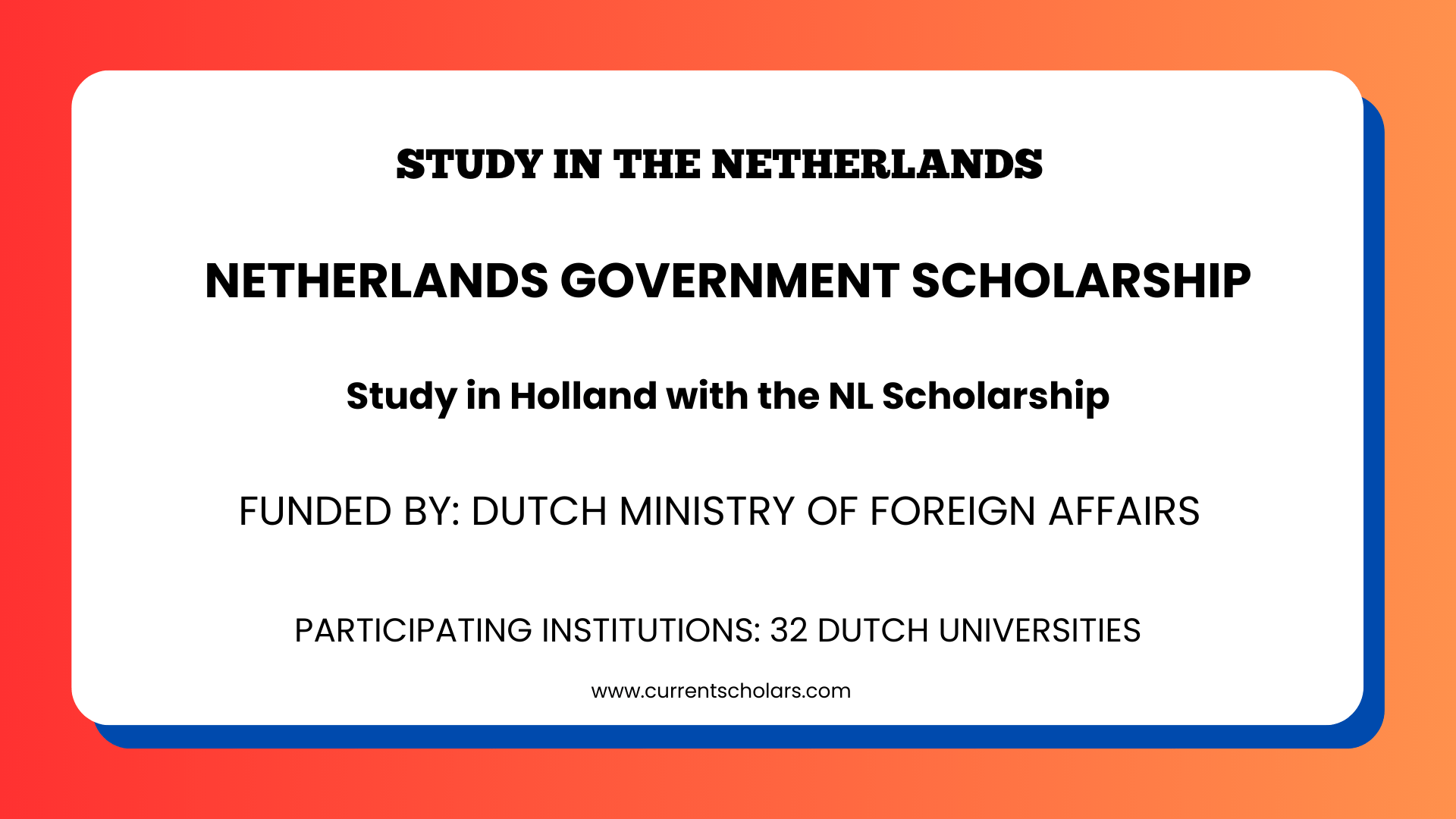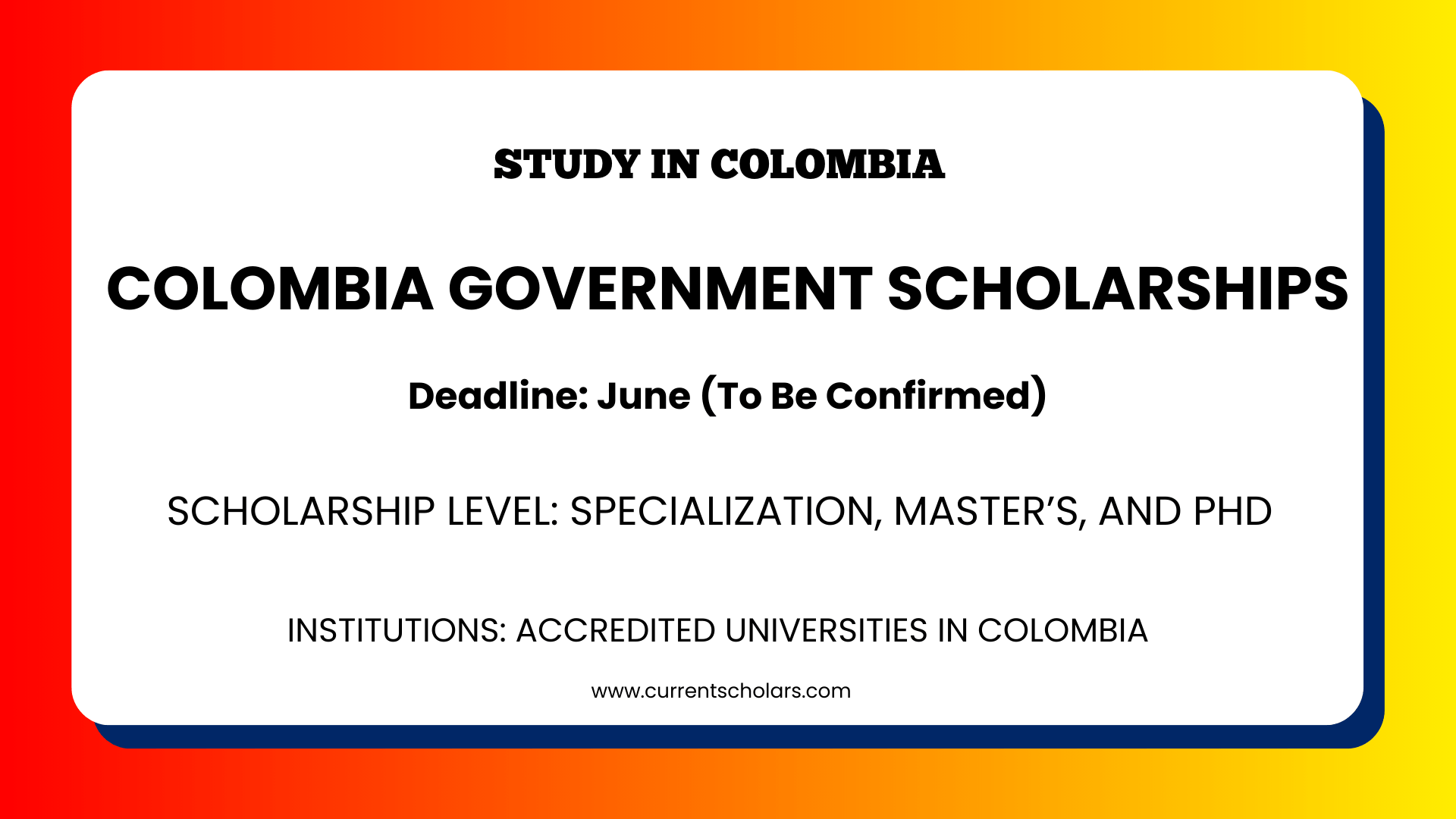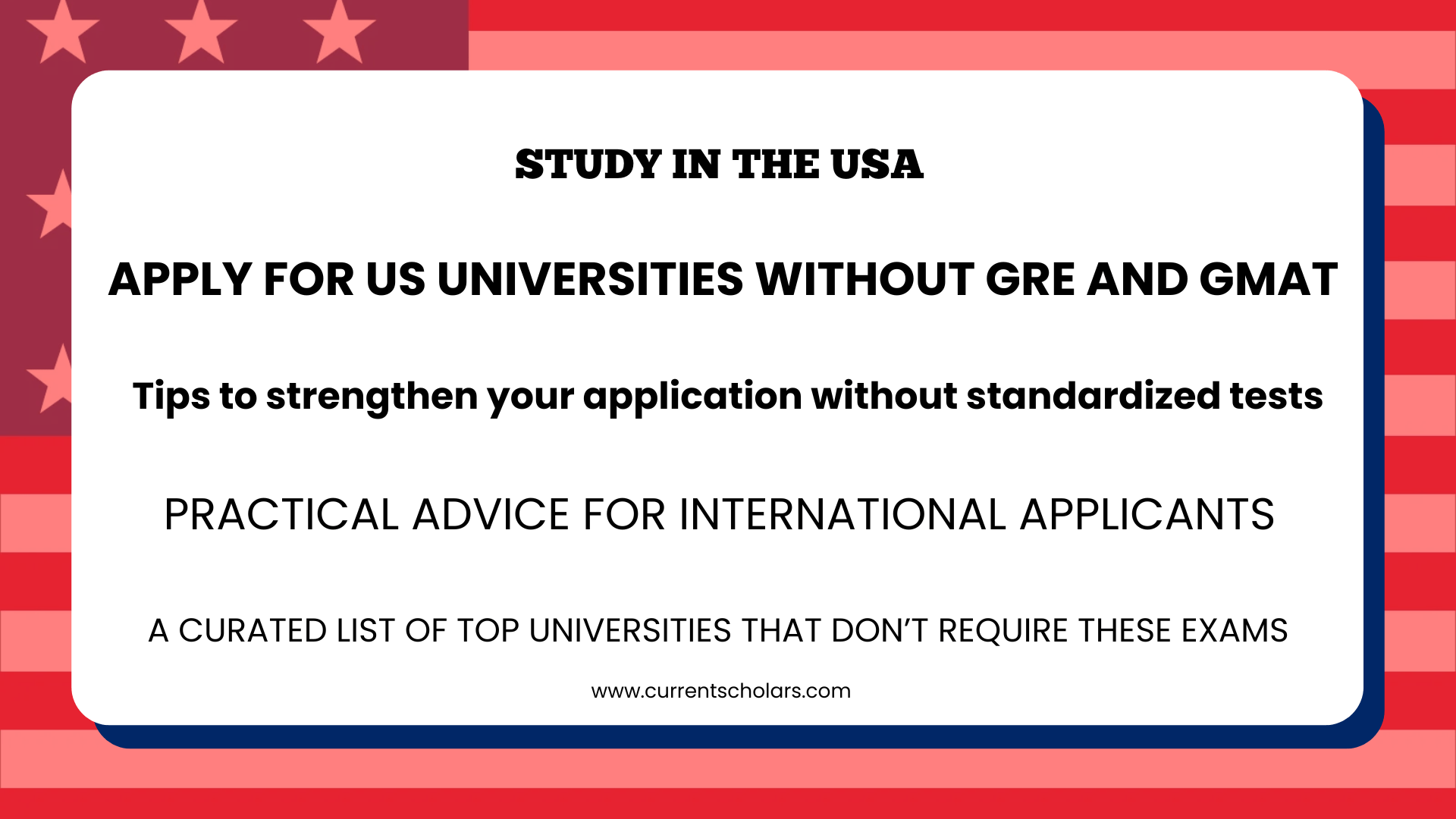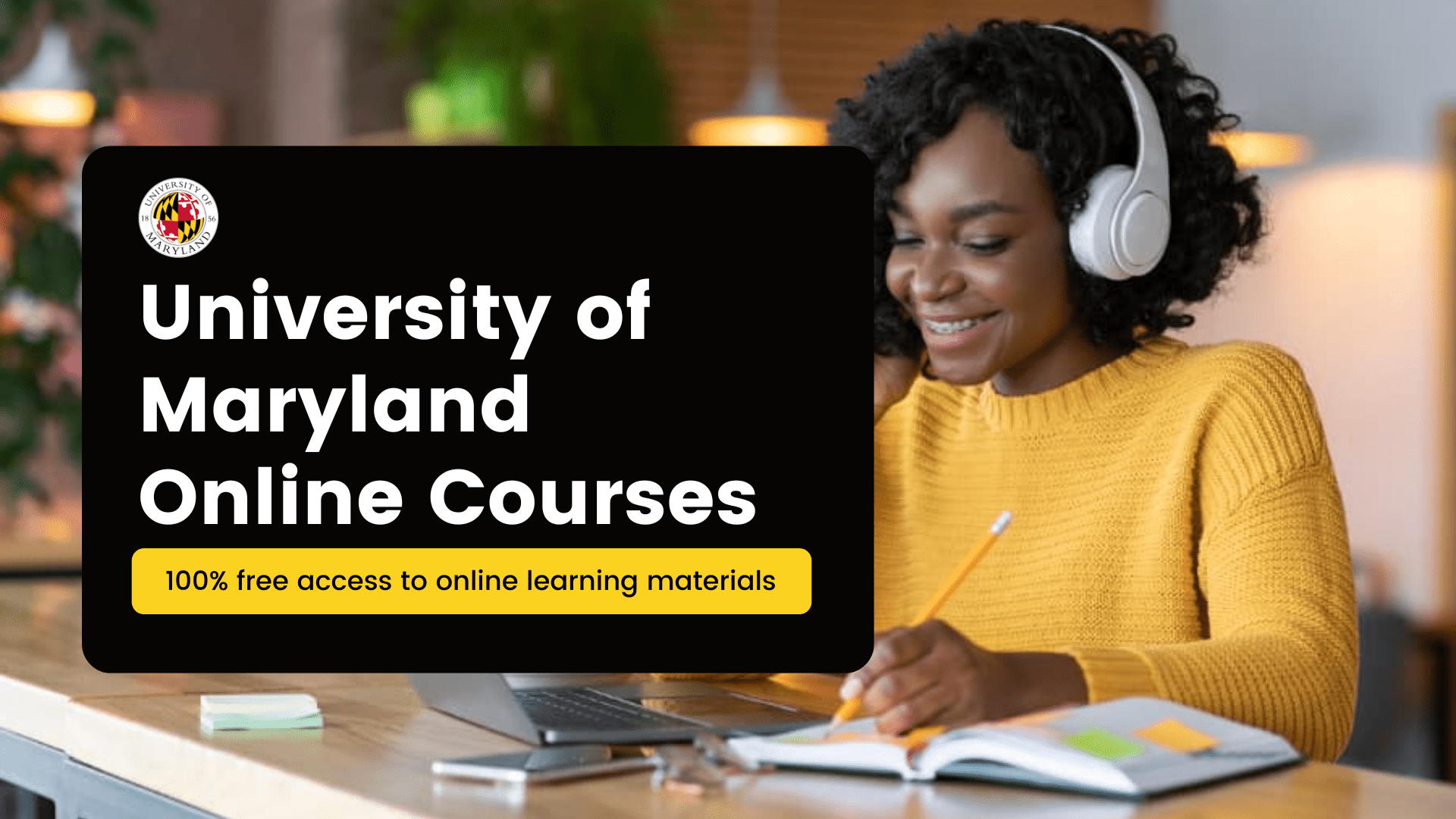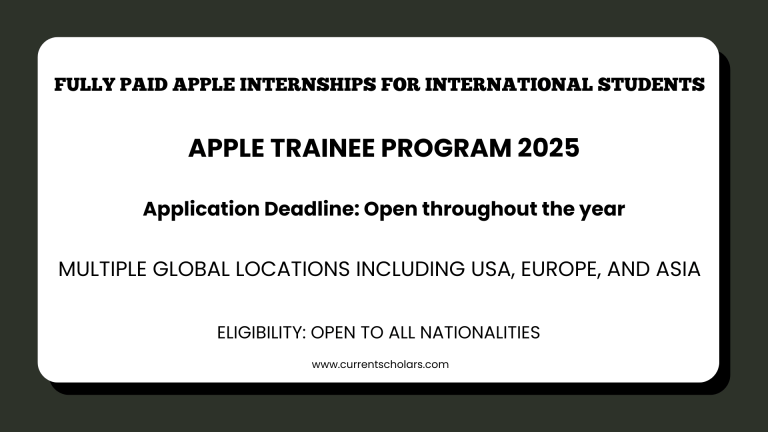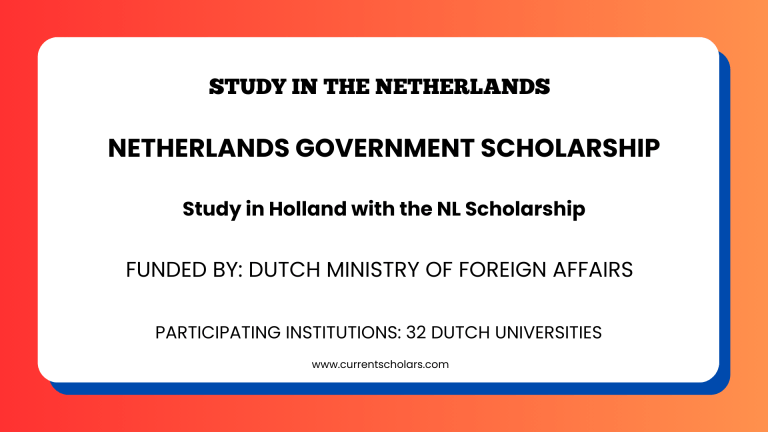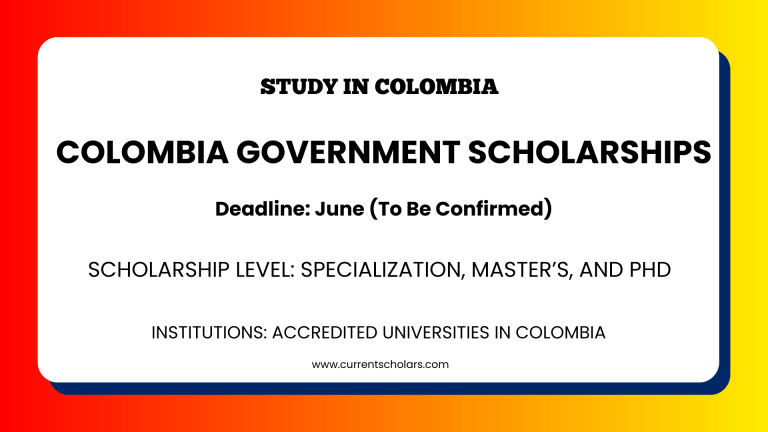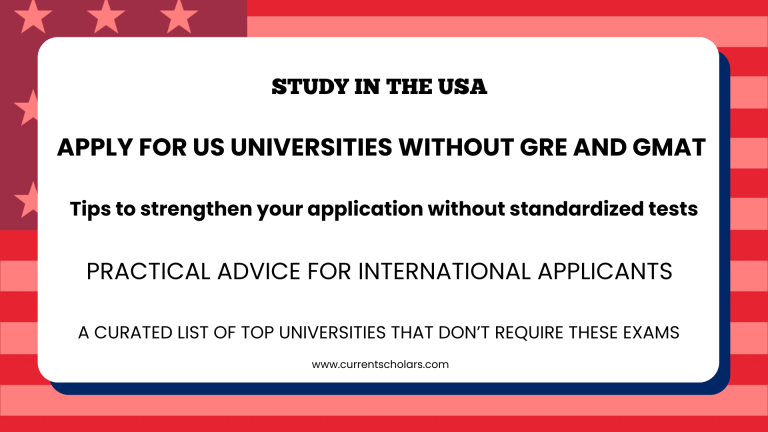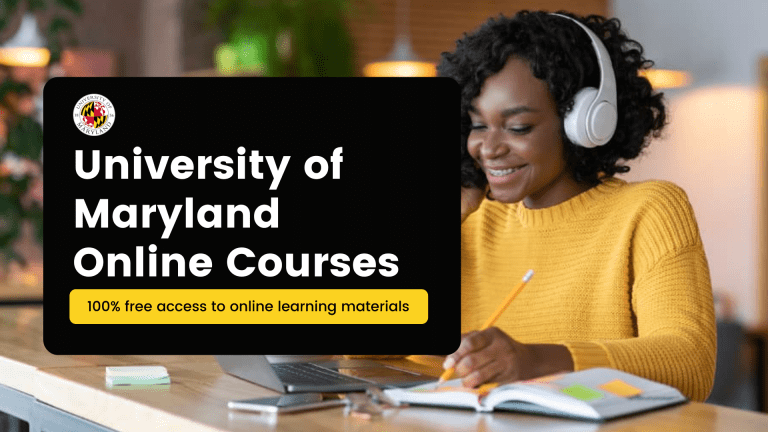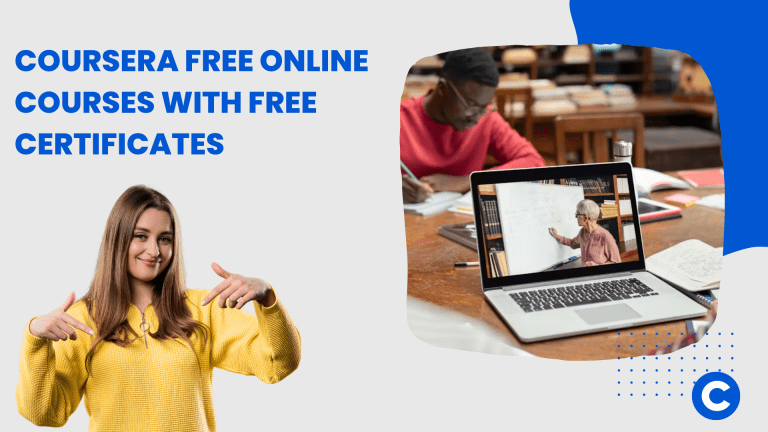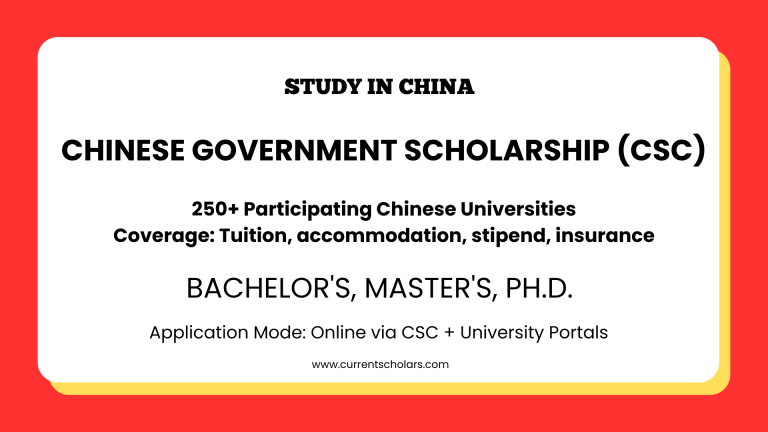A Statement of Purpose (SOP) is a crucial component of any scholarship application. It allows the selection committee to understand your academic background, career aspirations, motivation, and why you are a suitable candidate for the scholarship. A well-written SOP can set you apart from other applicants and significantly increase your chances of securing funding for your education.
In this guide, we will explore the essential elements of a winning Statement of Purpose, provide step-by-step instructions on how to craft one, and include examples to help you structure your own SOP effectively.
Statement of Purpose (SOP), What is it?
A Statement of Purpose (SOP) is a formal essay that outlines your academic background, professional aspirations, and reasons for applying for a particular scholarship. It serves as a personal introduction to the scholarship committee and helps them understand:
-
Your motivation for applying
-
Your academic and professional achievements
-
Your career goals
-
How the scholarship will help you achieve those goals
A strong SOP should be clear, concise, and compelling. It should not only highlight your qualifications but also demonstrate your passion and potential for making a significant impact in your field of study.
How Can You Make Your SOP Stand Out?
Many applicants write generic SOPs, but a truly compelling SOP should:
✅ Showcase your unique journey and personal motivations
✅ Demonstrate a clear connection between your goals and the scholarship
✅ Be well-structured, engaging, and free of errors
✅ Highlight relevant achievements and experiences
To achieve this, follow these strategies:
1. Research the Scholarship and Institution
Before writing your SOP, thoroughly research:
-
The scholarship’s objectives and selection criteria
-
The institution offering the scholarship
-
The specific field of study and faculty members (if applicable)
Tailor your SOP to align with the values and expectations of the scholarship provider.
2. Start with a Strong Introduction (The Hook)
Your opening paragraph should immediately grab the reader’s attention. Use a compelling story, a thought-provoking statement, or an anecdote that reflects your passion for your field.
💡 Example:
“When I was eight years old, I watched my mother struggle to grow a small business in our community. Despite limited resources, she taught me the value of perseverance and innovation. This experience ignited my passion for entrepreneurship and motivated me to pursue a career in business management.”
3. Clearly State Your Academic and Professional Background
Provide a brief but impactful overview of your educational and professional journey. Highlight key achievements, projects, or research work that have prepared you for the scholarship.
💡 Example:
“During my undergraduate studies in Business Administration, I actively participated in research on sustainable business models for small enterprises. My thesis focused on how digital transformation can enhance the profitability of SMEs, a topic that remains relevant in today’s economic landscape.”
4. Connect Your Goals to the Scholarship
Explain why you are applying for this particular scholarship and how it aligns with your career goals. Be specific about what you intend to achieve.
💡 Example:
“Receiving this scholarship will enable me to further my research in strategic management, particularly in developing innovative solutions for African startups. With access to advanced coursework and mentorship, I aim to create impact-driven business strategies that foster economic growth in emerging markets.”
5. Highlight Your Strengths and Achievements
Use concrete examples to showcase your skills, leadership abilities, and contributions to your community or field of study.
💡 Example:
“As the founder of an entrepreneurship club at my university, I have organized workshops that trained over 200 students in business development. Additionally, my internship at a financial consultancy firm allowed me to work on real-world projects, strengthening my analytical and problem-solving skills.”
6. Address Any Challenges or Gaps in Your Profile (If Necessary)
If you have any academic gaps or challenges, briefly explain them in a positive way. Show how you overcame them and what you learned.
💡 Example:
“During my second year of university, I faced financial difficulties that forced me to take on part-time jobs. Despite these challenges, I maintained a strong academic record and developed resilience, time management, and adaptability—qualities that continue to drive my success.”
7. Conclude with a Strong and Compelling Closing Statement
Reiterate your enthusiasm for the scholarship and express gratitude to the selection committee.
💡 Example:
“I am eager to contribute my knowledge, skills, and passion for business management to this program. This scholarship is not just an opportunity for me—it is a chance to empower others by developing sustainable business solutions. I appreciate your time and consideration, and I look forward to making the most of this incredible opportunity.”
Personal Statement and a Statement of Purpose | Difference
Many applicants confuse a personal statement with a Statement of Purpose. Here’s a quick distinction:
| Personal Statement | Statement of Purpose |
|---|---|
| Focuses on personal background, experiences, and challenges | Focuses on academic and professional aspirations |
| More narrative and storytelling-based | More structured and goal-oriented |
| Highlights life experiences that shaped your career path | Highlights academic achievements, research, and future goals |
For scholarship applications, a Statement of Purpose is typically required since it emphasizes your academic and professional objectives.
Example of a Winning Statement of Purpose for Scholarship
Statement of Purpose Example:
“Growing up in a resource-limited community, I witnessed firsthand the struggles of small businesses to sustain themselves. This early exposure fueled my passion for entrepreneurship and business strategy. My undergraduate studies in Business Administration provided me with a solid foundation in financial management, marketing, and organizational behavior. I also engaged in research on the role of technology in business sustainability, which earned me recognition at a university-wide research conference.
Beyond academics, I have been actively involved in leadership and community service. As the president of my university’s business club, I organized mentorship programs for aspiring entrepreneurs. Additionally, my internship at XYZ Consulting allowed me to apply theoretical knowledge in real-world business scenarios, strengthening my strategic thinking and analytical skills.
I am applying for this scholarship because I believe it will provide me with the financial support and academic resources necessary to advance my research on sustainable business models. With access to mentorship, coursework, and networking opportunities, I aim to develop innovative strategies that empower small businesses in Africa. In the long run, I aspire to establish a business incubator that fosters entrepreneurship and economic growth in developing countries.
This scholarship represents more than just financial assistance; it is an opportunity to transform ideas into impactful solutions. I am confident that with the support of this program, I can contribute meaningfully to the field of business management and drive positive change in my community.”
Do you need an SOP? Contact Us.
Final Tips for Writing a Winning SOP
✅ Be Authentic: Write in your own voice and avoid exaggerations.
✅ Use a Clear Structure: Divide your SOP into clear sections with logical flow.
✅ Avoid Generic Statements: Tailor your SOP to the specific scholarship.
✅ Be Concise: Stick to the word limit while maintaining clarity and impact.
✅ Proofread and Edit: Ensure your SOP is free of grammatical errors and typos.
Writing a winning Statement of Purpose for a scholarship requires a combination of authenticity, structure, and strategic storytelling. By following the guidelines and examples provided, you can craft a compelling SOP that effectively communicates your aspirations, qualifications, and why you deserve the scholarship.
Now it’s your turn! Start drafting your Statement of Purpose and share your success tips in the comments below. Good luck with your scholarship applications!
